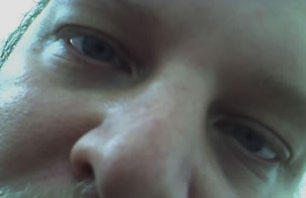
 Now two companies, Boeing and Lockheed Martin, are working on concepts for supersonic jet designs that reduce or totally eliminate sonic booms in flight — something I did not realize was remotely possible.
Now two companies, Boeing and Lockheed Martin, are working on concepts for supersonic jet designs that reduce or totally eliminate sonic booms in flight — something I did not realize was remotely possible. The Lockheed design uses an inverted parabolic shape over a V-shaped engine array. The parabola would control air flow in a way that would lessen the shockwave, NASA says. It also has improved range, payload and environmentally friendly designs.My personal opinion is that a "boomless" supersonic jet that can get someone from New York to Los Angeles in 2½ hours will do fairly well. However, the 100-person capacity and $10,000 ticket will continue to be a problem... forever. Unless the passenger capacity can go up by a factor of 10 and the cost of the ticket be divided by 10, supersonic flight (no matter how fast or "boomless" it gets) will remain a niche luxury market on very limited routes: Most people will never find it necessary to spend $9,000 to save 6 hours of time.
The Boeing concept, below, also uses a V-shaped twinned tail section, and like the Lockheed jet, it also places the engines on top of the wings. The Concorde, like nearly all current commercial aircraft, put the engines beneath the wings.
As Wired's Autopia blog notes, the design takes advantage of the wings as a natural sound barrier.
However, if this "boomless" design does indeed become a reality (and engine technology improves at its current rate), by dint of market forces alone, I do honestly think that in the next 50 years, we will see a 1,000-passenger jet that can do Mach 3 — making the JFK-LAX flight under 2 hours — and selling tickets that aren't much more expensive than current costs.


No comments:
Post a Comment